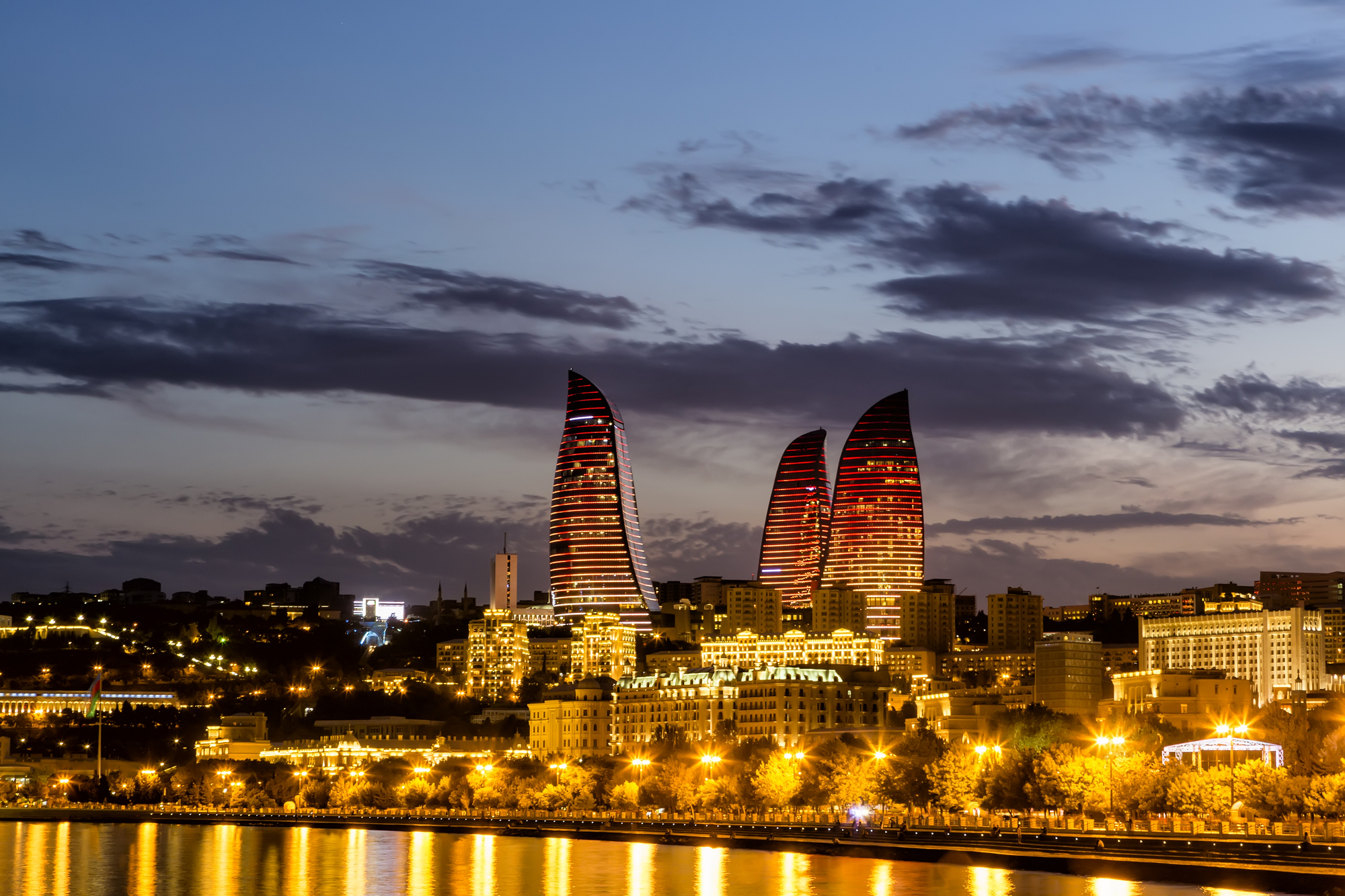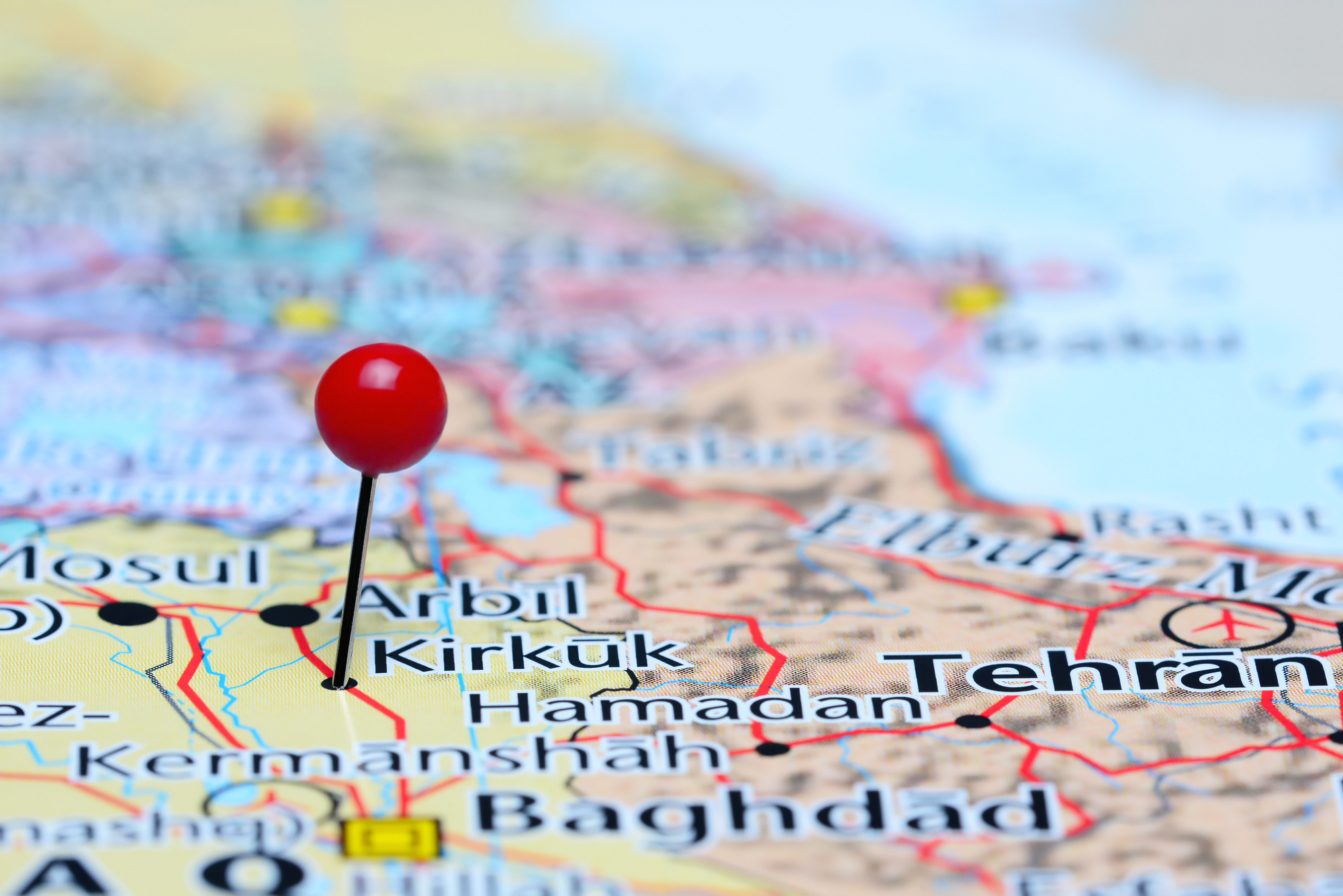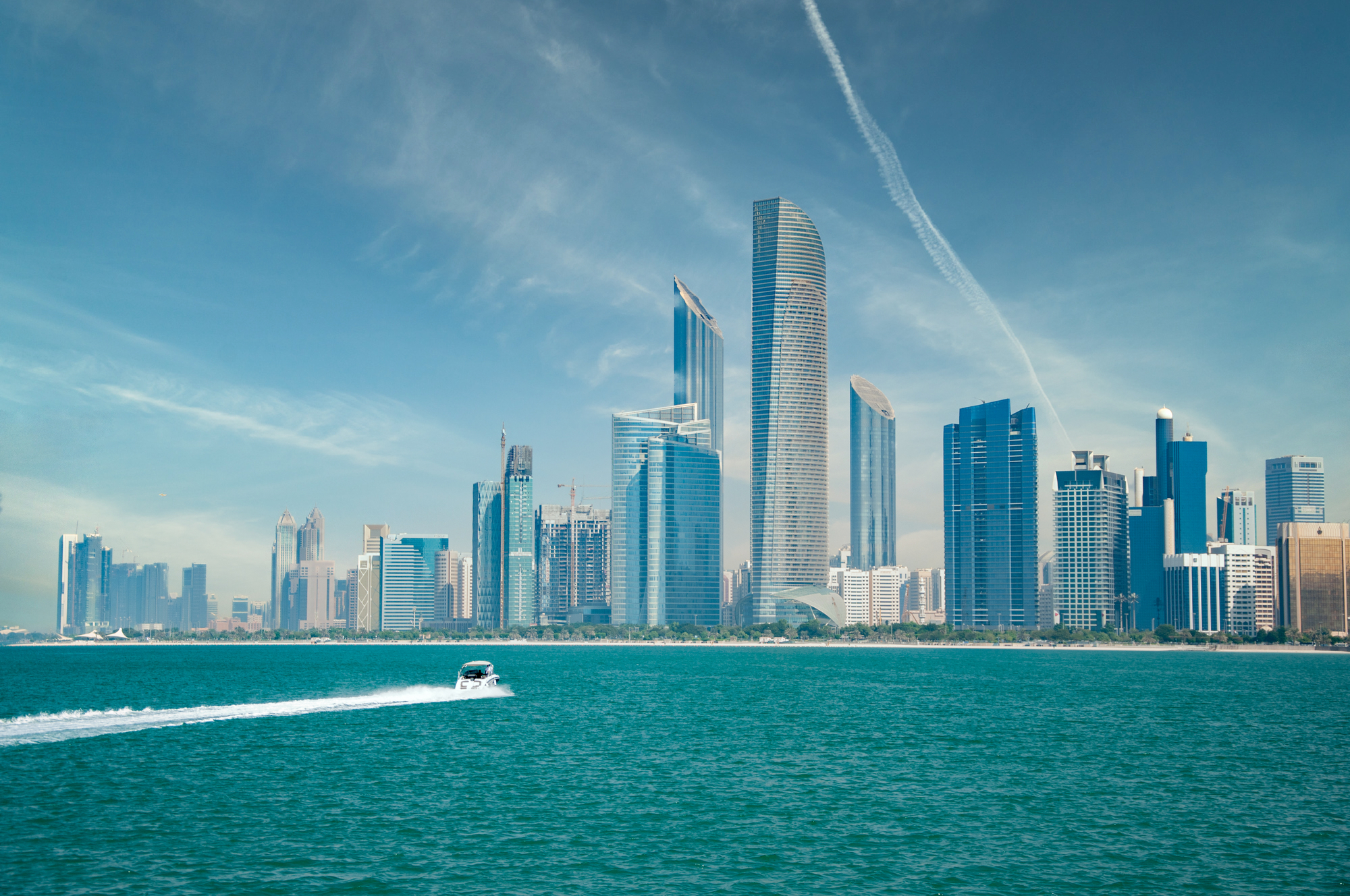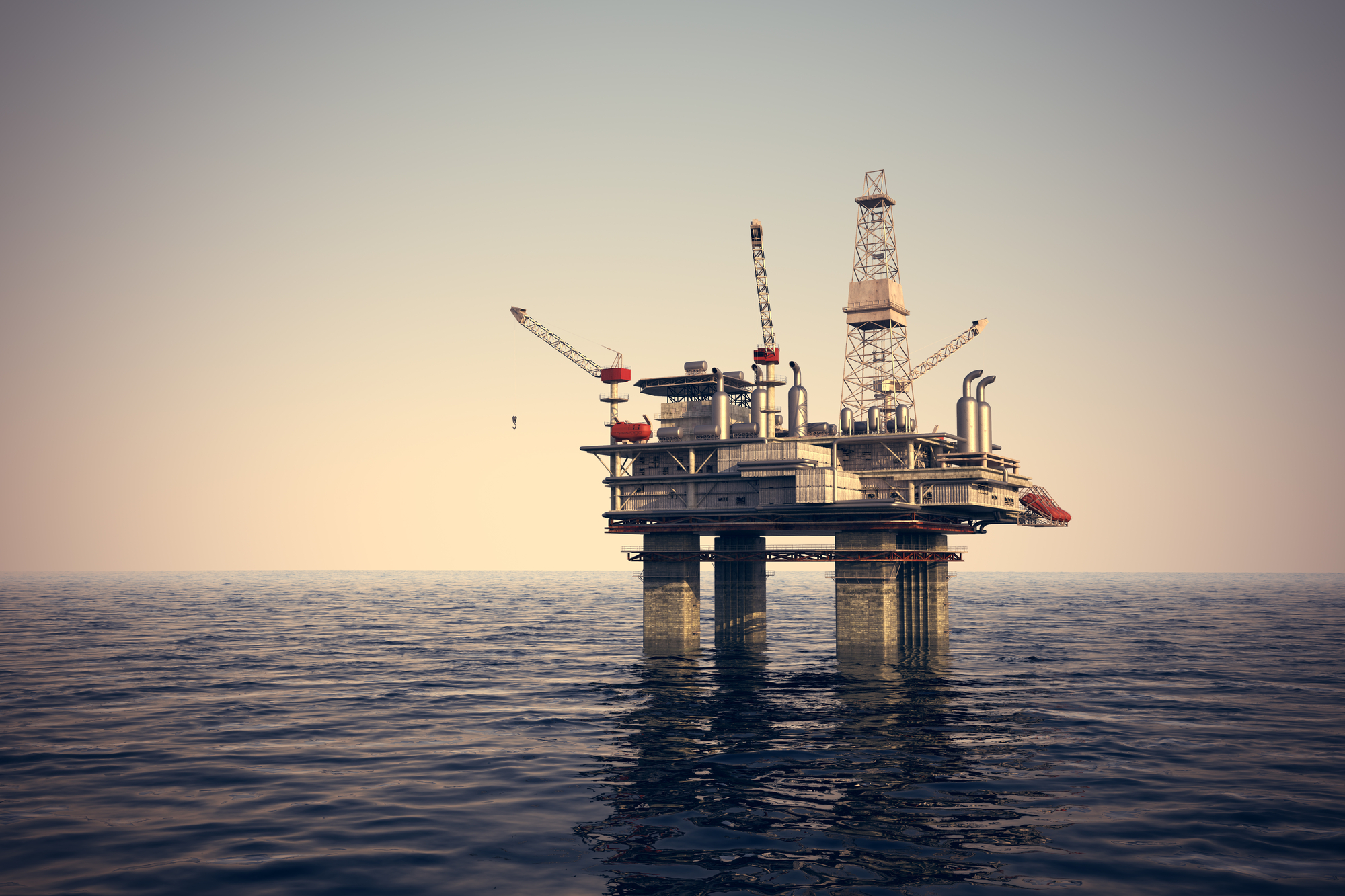Azerbaijan’s Ceyhan Crude Oil Price, History and Production
With the world’s oil production continuing to decline, many people are searching for information on alternative petroleum sources. One lesser-known source is the Caspian Sea, which contains one of the largest reserves of crude oil left in the world.
One specific area with massive potential is Azerbaijan and its offshore Ceyhan district. The country has been a reliable source of oil since the early 1990s when several new projects began production.
The region saw an explosion in popularity as the reserves were located near two pipelines; one leads directly to the Mediterranean Sea through Turkey, and another ends at the Ceyhan Oil Terminal in Turkey, where tankers can transfer it to other destinations by sea.
Ceyhan Crude is the name of Azerbaijan’s largest oil field. The fields are located in the Ceyhan River Delta, a region along the coast of the Sea of Marmara in South-Eastern Turkey.
The field was discovered in 1968 by the Texas-based oil company Texaco, and production began in 1970.
Several companies produce Ceyhan Crude, including Chevron Corporation, ExxonMobil Corporation, Total SA, ConocoPhillips, and StatoilHydro.
Ceyhan Crude is one of the essential fuel sources for Europe’s transportation sector. It is also used for industrial purposes and as a raw material for other products, such as concrete and asphalt.
Ceyhan Crude is produced from two oil fields: Aktang and Tengiz. Most of its production comes from the Aktang field, which contains an estimated 2 billion barrels of oil. Other fields include:
- Tengiz (1 billion barrels).
- Shah Deniz (50 billion to 60 billion barrels).
- Azeri (25 billion to 30 billion barrels).
How Big is Azerbaijan’s Caspian Sea Oil?
The Caspian Sea holds an estimated 50 billion barrels of crude oil, making it one of the richest sources of petroleum in the world. As one of the few places left that has yet to be fully tapped, this oil could become an increasingly valuable resource in the years to come.
The oil fields in Azerbaijan and Kazakhstan make up nearly 90% of this supply, which makes them incredibly important. If nothing is done to reduce our dependence on other sources of oil, these fields will be critical to keeping our economy afloat.
Azerbaijan’s primary source of oil is the offshore Caspian Sea in the country’s west. Three seas border the country: the Caspian Sea in the west, the Black Sea in the north, and the Absheron (or Gulf) of the Caspian Sea in the south.
The History of Azerbaijan’s Ceyhan Crude Oil
The process of extracting oil from the Caspian Sea began in the late 1980s when the Soviet Union planned to build a pipeline to transport the crude to Russia.
As work began on the pipeline, the USSR collapsed, and the original plan was abandoned. The newly independent Azerbaijan then picked up the project. The country was able to connect its offshore reserves to the Black Sea through Georgia and Armenia.
However, it would take another 15 years of disputes, protests, and construction before the oil began flowing into the Mediterranean Sea. The first source of this oil was the Azeri-Chirag-Guneshli (ACG) fields, located in the deep waters of the Caspian Sea.
Finally, in 2005, the first oil shipment reached the Mediterranean Sea through the Baku-Tbilisi-Ceyhan (BTC) pipeline.
In 2010, a second pipeline was built to transport oil from the ACG fields to the Ceyhan terminal. Once complete, the entire project was able to transport 1.2 million barrels of oil each day.
Where Does Ceyhan Oil Come From?
The two main sources of crude from the Caspian Sea are the ACG fields and the Uzen oil fields. The Uzen fields are located in the shallow waters near the coast of Azerbaijan, whereas the ACG fields are located in the deep waters of the Caspian Sea.
ACG fields produce an average of about 700,000 barrels of oil every day and are considered a large portion of the BP-operated BTC pipeline, which carries crude from the ACG fields to the Ceyhan terminal. The Uzen fields produce approximately 350,000 barrels of oil per day and are piped to the Baku-Supsa terminal.
What Is the Composition of Azerbaijan’s Caspian Sea Oil?
The Caspian Sea crude consists of two types of oil: light and heavy. Light crude is generally easier and cheaper to refine, while heavy crude is more complicated.
The Caspian Sea’s light crude is similar to Saudi Arabian light crude in that it can be distilled into several different fuel types, including gasoline, kerosene, and diesel. However, the difference lies in its sulfur content, which is three times higher than Saudi crude.
Heavy crude from the Caspian Sea is primarily used in the production of asphalt and other industrial chemicals and products. The two types of crude composition are very similar, but the heavier variety has a higher viscosity.
Pros and Cons of Using Azerbaijani Oil
Light crude from the Caspian Sea is a better option than other types of light crude because it has a lower sulfur content. This makes it easier to refine and produces fewer emissions. However, there are a few concerns with using this oil.
One is that it is typically more expensive than other crude types, making it more costly to refine. Another is that the Caspian Sea is a volatile area that is sometimes under the threat of conflict and terrorism. The heavy crude from the Caspian Sea is generally cheaper than other types of heavier, dirtier crude.
It also has a higher viscosity than lighter crudes, which makes it easier to transport through pipelines. However, it also has a higher sulfur content, which can lead to increased emissions.
Ceyhan Crude Oil Price:
The BTC price assessment is the price of crude oil from the BTC source. BTC is short for Baku-Tbilisi-Ceyhan pipeline, with its terminal in Ceyhan, Turkey. Raw BTC value is calculated by applying BTC CIF Augusta market spread to the Dated Brent value. The prevailing gap in the market is also published separately.
.
BTC FOB Ceyhan quotes are assessed, but in the absence of solid trading metrics, freight and insurance premiums are netted based on BTC fob netbacks from BTC cif Augusta valuations. This includes her 80,000-ton vessel, which is priced daily based on spot freight. Insurance costs are calculated as a percentage of the total CIF value
A number of other assessments are also published by price reporting agencies around the BTC location, including:
Azeri Light FOB Ceyhan
BTC (Azeri) crude FOB Ceyhan
Kirkuk (FOB Ceyhan)
Ceyhan Crude Oil Azerbaijan is an oil field located in the Ceyhan district of Azerbaijan. The field was discovered in 1968, and production commenced in 1970. It is operated by SOCAR, a state-owned oil company based in Azerbaijan.
In 2013, SOCAR sold 12.7 million barrels of crude oil from Ceyhan every day at $96.20 per barrel. In 2014, SOCAR sold 43.9 million barrels of crude oil from Ceyhan every day at a price of $96.24 per barrel, and 42.1 million barrels of crude oil from Ceyhan for $96.33 per barrel in 2015.
At the end of 2016, SOCAR sold 47 million barrels of crude oil from Ceyhan every day for $97.13 per barrel, which marked a decline from the previous year’s rate.
The average production rate for the first ten months of 2017 was 46 million barrels per day compared to 42 million barrels per day for all of 2016. The production rate peaked in 2016 at 47 million barrels per day before falling back to near-record levels in 2017. On 19 October 2017, the field’s crude oil storage capacity reached its maximum level of 136.5 million barrels.
Final Words: Is It Worth Investing in Azerbaijan’s Oil?
Azerbaijan is expected to remain a reliable oil source for years. Although the country currently produces less than 10% of the Caspian Sea’s total crude, it could become the leading producer in the region.
However, there are still some obstacles to overcome before they can be considered a significant source of oil. Azerbaijan will need to build more extraction facilities along its coast to boost production.
There are also some concerns over these operations’ safety because many offshore wells are located in earthquake territory.
The Caspian Sea is an important source of oil, and Azerbaijan is an essential country in the region. However, oil production is expensive, so investors need to understand the industry’s economics.






0 Comments